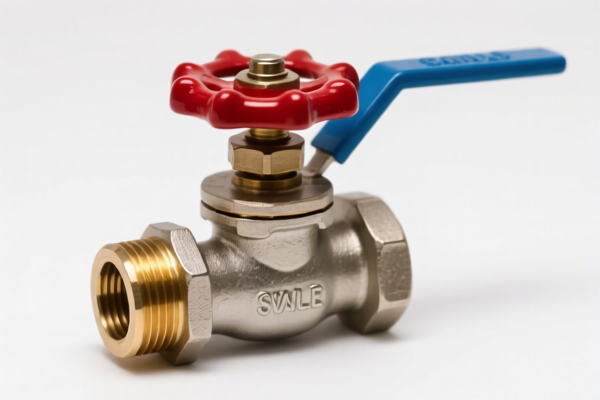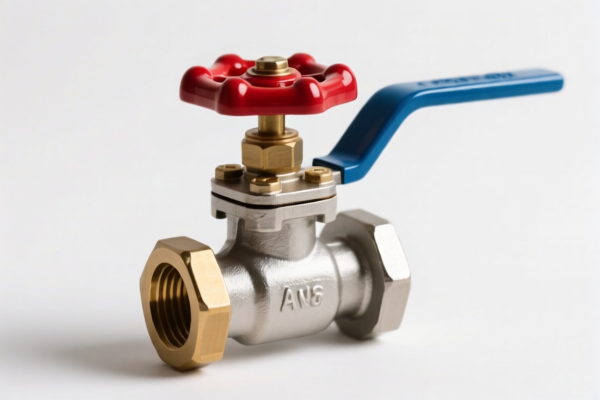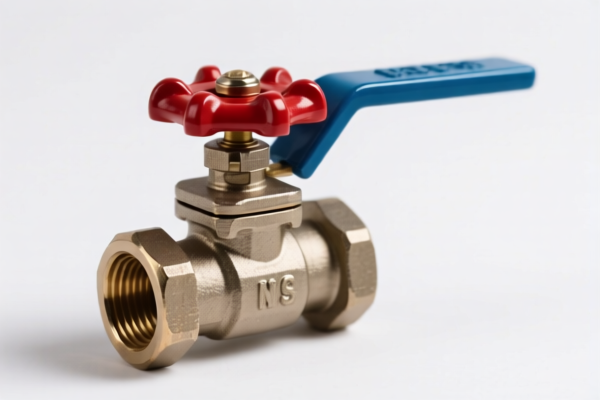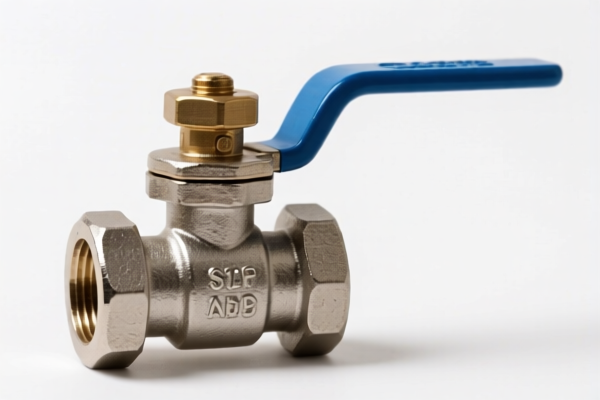| HS Code | Official Doc | Tariff Rate | Origin | Destination | Effective Date |
|---|---|---|---|---|---|
| 8481909085 | Doc | 105.0% | CN | US | 2025-05-12 |
| 8481809050 | Doc | 57.0% | CN | US | 2025-05-12 |
| 8424909080 | Doc | 105.0% | CN | US | 2025-05-12 |
| 8481909040 | Doc | 55.0% | CN | US | 2025-05-12 |
| 9032896030 | Doc | 56.7% | CN | US | 2025-05-12 |




Here is the structured classification and tariff information for the valve-related products based on the provided HS codes:
✅ HS CODE: 8481909085
Product Description:
- Valve stems, valve cores, valve controllers, etc.
- Applicable to parts used in faucets, valves, pipelines, boiler shells, tanks, etc.
- "Other parts" not covered elsewhere.
Tariff Summary:
- Base Tariff Rate: 0.0%
- Additional Tariff: 25.0%
- Special Tariff after April 11, 2025: 30.0%
- Steel/Aluminum Products Additional Tariff: 50.0%
Key Notes:
- High additional tariffs apply to steel and aluminum products.
- Action Required: Verify the material composition and unit price to determine if the 50% steel/aluminum tariff applies.
✅ HS CODE: 8481809050
Product Description:
- Radiator valves, fire protection valves, gas pipeline valves, exhaust valves, lab valves, etc.
- Applicable to parts used in pipelines, boiler shells, tanks, etc.
- Includes parts for pressure-reducing valves and thermostatic control valves.
Tariff Summary:
- Base Tariff Rate: 2.0%
- Additional Tariff: 25.0%
- Special Tariff after April 11, 2025: 30.0%
Key Notes:
- No steel/aluminum-specific additional tariffs apply here.
- Action Required: Confirm the product’s function and use case to ensure correct classification.
✅ HS CODE: 8424909080
Product Description:
- Parts of valves, applicable to mechanical appliances (manual or automatic).
- Specifically, parts classified under the "other" category.
Tariff Summary:
- Base Tariff Rate: 0.0%
- Additional Tariff: 25.0%
- Special Tariff after April 11, 2025: 30.0%
- Steel/Aluminum Products Additional Tariff: 50.0%
Key Notes:
- Similar to HS 8481909085, steel and aluminum products face a 50% additional tariff.
- Action Required: Verify the material and confirm if the product is a component of a mechanical appliance.
✅ HS CODE: 8481909040
Product Description:
- Valve bearings, parts used in valves and similar devices.
Tariff Summary:
- Base Tariff Rate: 0.0%
- Additional Tariff: 25.0%
- Special Tariff after April 11, 2025: 30.0%
Key Notes:
- No steel/aluminum-specific additional tariffs apply here.
- Action Required: Ensure the product is correctly classified as a bearing and not a complete valve.
✅ HS CODE: 9032896030
Product Description:
- Valve control systems, applicable to related control systems.
Tariff Summary:
- Base Tariff Rate: 1.7%
- Additional Tariff: 25.0%
- Special Tariff after April 11, 2025: 30.0%
Key Notes:
- This code is for control systems, not the valve itself.
- Action Required: Confirm that the product is a control system and not a mechanical part of the valve.
📌 Proactive Advice for All Products:
- Verify Material: Steel and aluminum products may face higher tariffs (up to 50%).
- Check Unit Price: High-value products may be subject to additional scrutiny.
- Confirm Certification Requirements: Some products may require specific certifications (e.g., CE, RoHS) for import.
- Review Classification: Ensure the product is not misclassified under a different HS code (e.g., 8481 vs. 8424).
- Monitor Tariff Changes: Tariff rates may change after April 11, 2025, so plan accordingly.
Let me know if you need help with classification or tariff calculation for a specific product.
Customer Reviews
No reviews yet.